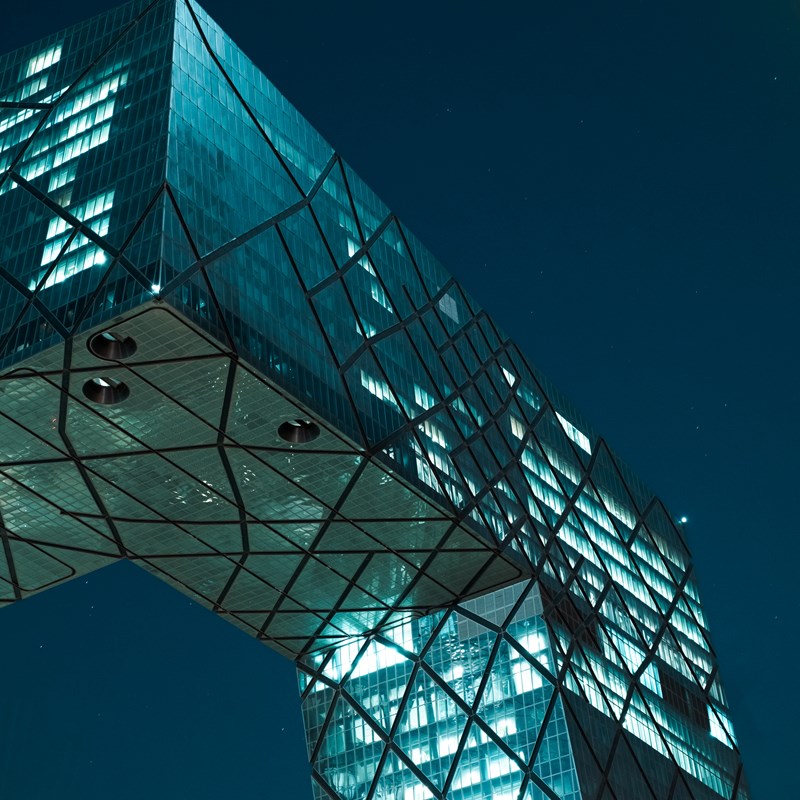
Connected technology for the security sector is a regular topic on the Arkessa blog. We have covered all kinds of smart tech with security benefits, whether in a public, work or home environment. If asked what kind of technology you equate with security, there’s a good chance CCTV cameras would pop to mind.
Closed Circuit Television (CCTV) is not a new phenomenon, in fact, it has been around for longer than many of us realise. Back in 1942 the technology was used to view the launch of V2 rockets in Germany and by 1947 the US had started to use it for commercial surveillance. Over the ensuing years, CCTV has evolved. Cameras must no longer remain fixed, we have colour recordings, facial recognition, wearables, drones and even thermal imaging.
The use cases are manifold; in public spaces, CCTV deters and captures anti-social behaviour and criminal activity. Cameras aid monitoring, how much traffic, how many parking spaces, how busy a building is. In commercial buildings, there are security benefits, as above, but also the ability to monitor health and wellbeing in greater depth. In homes, a camera works as a deterrent, especially useful when placed at a front door or driveway, assisting in the identification of visitors. The knowledge of recorded footage in the event of a crime can bring peace of mind.
In light of the current pandemic, the demand for CCTV is increasing, although the installation of such a system can be off putting. Traditionally, it would mean a fixed line and a lot of wiring. There is another option, though; cellular connectivity.
With cellular connectivity, cameras can be installed quickly and easily, even in hard to reach locations. No fixed lines, no messy cables and wires. The cameras use cellular services to transmit data securely over mobile networks. There is no need to rely on the existing network or infrastructure of a building/organisation and the in-house IT team don’t need to manage it as the tech support and installation is done by experts. They are ideal for hard to reach parts of buildings, locations without internet access or a power source.
In remote and temporary camera sites, a cellular module is placed in the main control panel and sends signals to monitoring stations. Power is generally supplied by rechargeable batteries or a solar panel. These cameras do not have to be fixed, body worn cameras for law enforcement or field staff, for example. They offer access to multiple network providers. At Arkessa we use Virtual Private Networks (VPN), Private Access Point Names (APN) and multi network reprogrammable SIM technology. Choosing a connectivity partner like Arkessa minimises the risk of data and cybersecurity breaches.
CCTV and Covid-19
In the battle to contain coronavirus, cameras are playing their part. Tracking and tracing the disease is essential. In China, an individual who had visited an area affected by Covid was tracked using facial recognition cameras. Once located, they were told to isolate. Guangzhou City has installed smart thermometers on buses. Again using facial recognition to scan passengers and measure their temperatures, alerting the driver in the case of an anomaly.
In 2003 during the SARS outbreak, airports introduced thermal cameras to enable the comparison of body heat against ambient temperatures. Amazon has now installed cameras with this tech in warehouses to screen employees assisting in the early detection of Covid-19 symptoms. In Dubai, in order to gain access to the Sheikh Rashid Tower, tenants and visitors are being asked to pass through thermal scanners, reporting to medical staff if symptoms are spotted.
Beyond tracking, cellular CCTV will be fantastic for those needing extra security during the pandemic. Many buildings are unoccupied, occupied less frequently or have lower staff levels. Second homes or holiday lets are left empty. The quick and easy set up of this tech makes it a great choice for added security and as a leading M2M managed services provider, Arkessa are well placed to assist. Get in touch at connect@arkessa.com for further information.